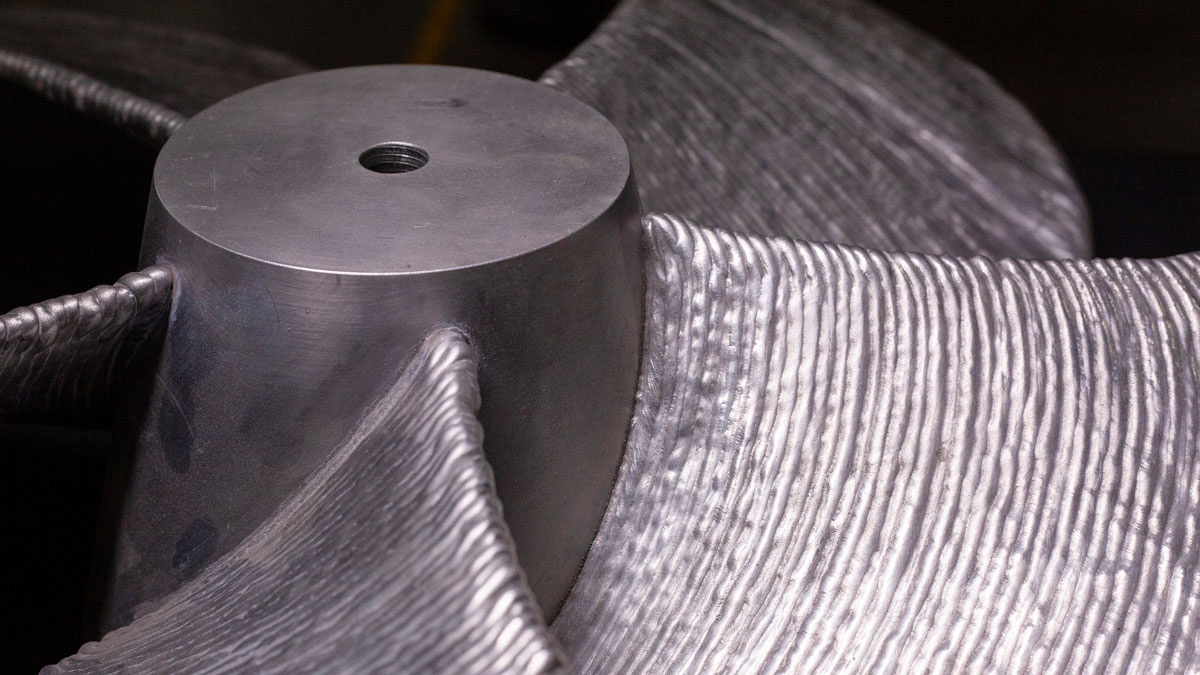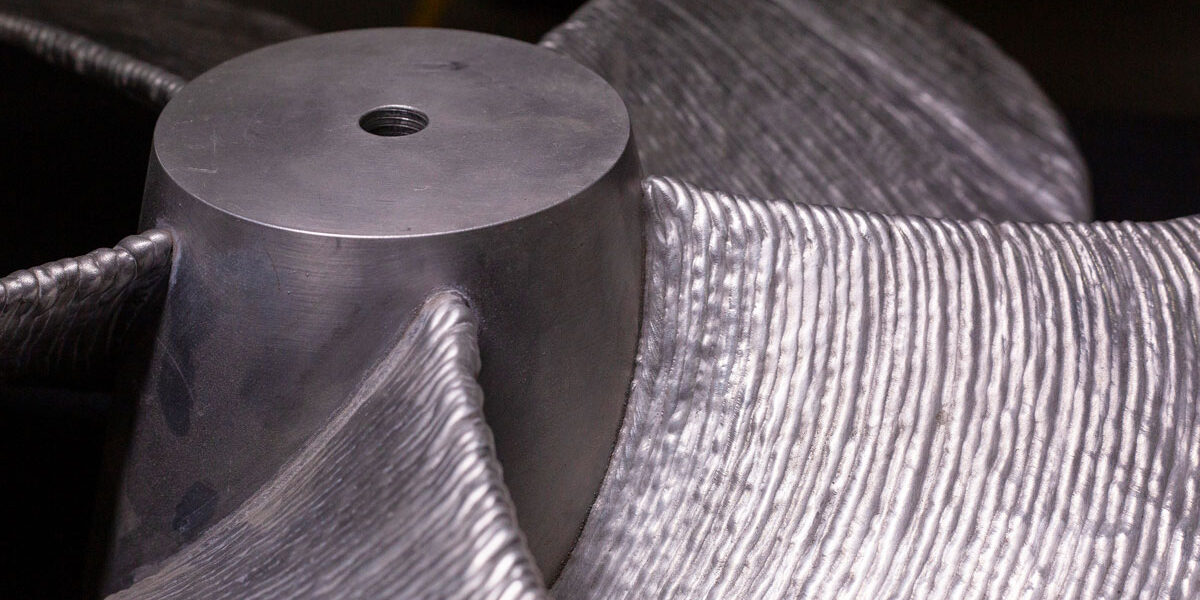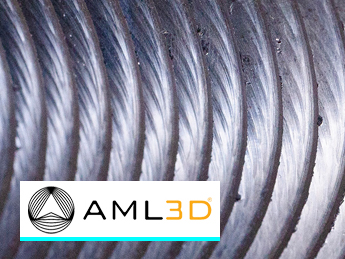AML3D
New AI-Sc welding wire for the emerging Australian Wire Arc Additive Manufacturing Sector

Research partner
Deakin University
Total Project Value (AUD)
$758,612
IMCRC Funding (AUD)
$135,860
Start date
01/03/2021
Duration
1.5 years
3D printing technology is revolutionising the manufacturing industry, enabling the rapid and low-cost production of complex objects.
However, the welding wire currently used in large-scale 3D printing requires time-intensive heat treatment to reach optimum strength, which can be costly and creates some logistical complexities.
To overcome this challenge, ASX-listed metal additive manufacturing company AML3D sought funding from IMCRC to develop novel high-strength aluminium welding wire that required minimal or no heat treatment post-manufacture.
Leveraging its established relationship with Deakin University’s Institute for Frontier Materials (IFM), IMCRC was able to facilitate an introduction and subsequent collaboration between the research team and AML3D.
Through this partnership, AML3D and IFM have successfully developed a new high-strength aluminium scandium welding wire for use with AML3D’s Wire Additive Manufacturing (WAM®) 3D printing technique.
“Our cost-effective, high-strength aluminium alloy requires just 30 minutes of heat treatment once printed. When used with our WAM® technology, this wire has the potential to replace traditional manufacturing processes across industries that use aluminium, such as shipbuilding and aviation,” said Andy Sales, ALM3D’s Executive Director and Chief Technical Officer.
Thomas Dorin, Senior Research Fellow at IFM, added, “We were pleased to work with AML3D and IMCRC on this ambitious project, which encompassed over 20 different compositions and iterations. Our chosen alloy, a mixture of aluminium, magnesium and scandium, has recently been patented, and we’ve also commenced commercial production.”
“The next phase of the project involves manufacturing five tonnes of welding wire and printing products to demonstrate its potential applications. We’ll then work with AML3D to show boatbuilders how they can print directly at the shipyard, which is an effective way to reduce material waste and streamline logistics.”
It’s hoped that with a solid business case, this innovation can help bring wire production back onshore in Australia. Most of the welding wire used in Australia comes from Bahrain, with very few manufacturers left producing locally. But in time, Thomas believes the demand from the shipbuilding and aviation industries will reinvigorate the local market.
For Deakin University and AML3D, the work through IMCRC has been incredibly rewarding, with both parties describing the process as mutually supportive. “We loved working with Thomas and the team,” said Andy. “It was seamless, smooth, fun and overall, we’re genuinely excited about what the future holds for this research.”

By supporting the project and facilitating the introduction to IFM, IMCRC has helped change the trajectory of our business, expanding our potential customer base and creating further opportunities to innovate through R&D.
Andrew Sales
Chief Technical Director, AML3D

